Affiliate links on Android Authority may earn us a commission. Learn more.
Root Android: Everything you need to know!
Published onMay 2, 2025
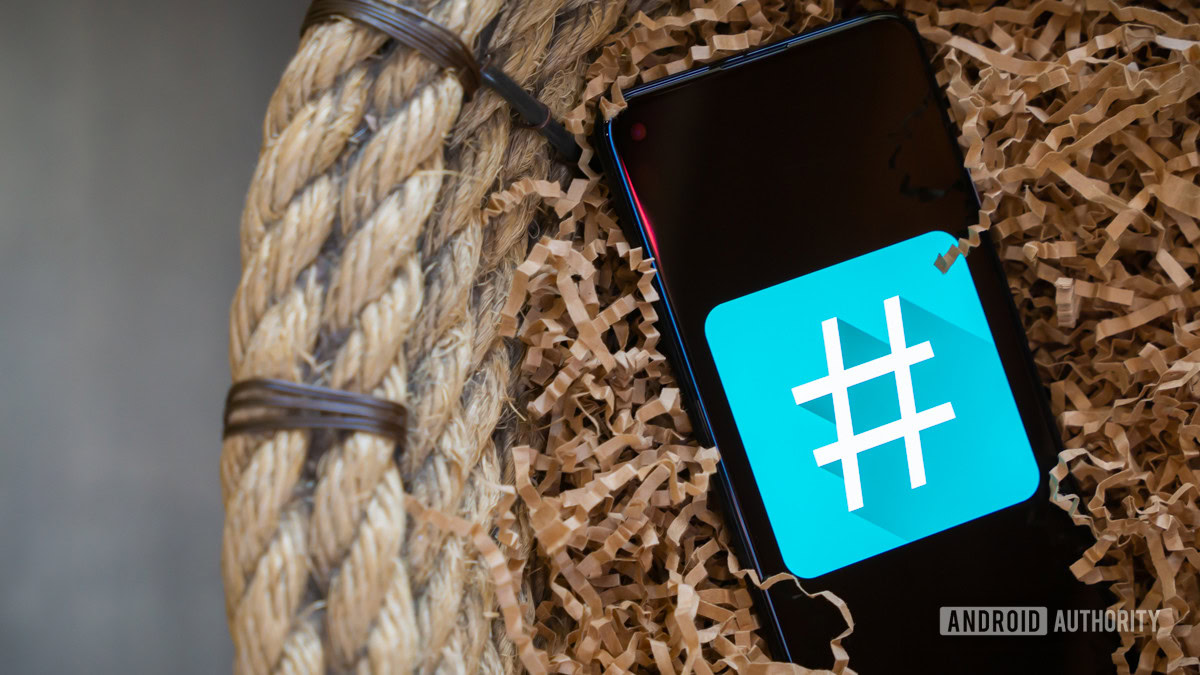
One of the best things about Android is its customization and flexibility. Android lets you use it the way you want to, whether that means changing the launcher, using icon packs, or more. But for some, that isn’t enough. You can gain near-total control of the OS if you root Android.
This isn’t as common as it once was, but there are still benefits to rooting Android, such as removing bloatware, full system backups, overclocking, specialized settings, and more. If you like the sound of that, but find yourself feeling a little anxious about “hacking” your much-loved (and probably expensive) device, then read on to learn everything you need to know about rooting Android. It’s actually easier than you might think.
Editor’s note: Rooting Android devices requires a high level of tinkering and modifying your phone’s software. This can be risky, and there is a chance you’ll damage your handset. This is terrible news, considering rooting Android may void your warranty. Always do your research and be confident about the steps you’re taking, as no one but you will be responsible should anything happen to your device.
What is rooting?
While it might sound scary, rooting refers to obtaining access to commands, system files, and folder locations that are usually locked off. Rooting Android can be thought of as promoting yourself from a system user to an administrator, with the additional freedom and risks that come from more control over your device’s deeper workings. With great power comes great responsibility, and all that!
More specifically, adding root to Android means becoming a superuser, which is a Linux function some of you may be familiar with. In many ways, you could view this more as restoring a function that should have been there, to begin with!
Users can install and run applications on rooted Android phones and tablets that require special privileges, bypass carrier-installed software, and even remove bloatware applications (as opposed to simply disabling them). Root access is even needed if you want to install trivial things like certain custom fonts, and rooting Android can also unlock new features in certain apps and launchers.
If you’re comfortable with coding, you can even go as far as creating your own custom ROMs.
Handy rooting terminology:
- Bootloader: Lowest level software on your phone that starts up recoveries and then the main operating system.
- Recovery: Low-level software that can create and restore full system backups. It is accessed before the main OS.
- ADB (Android Debug Bridge): A command-line tool that is part of the Android SDK, which supports communication between a computer and an Android device.
To root or not to root?
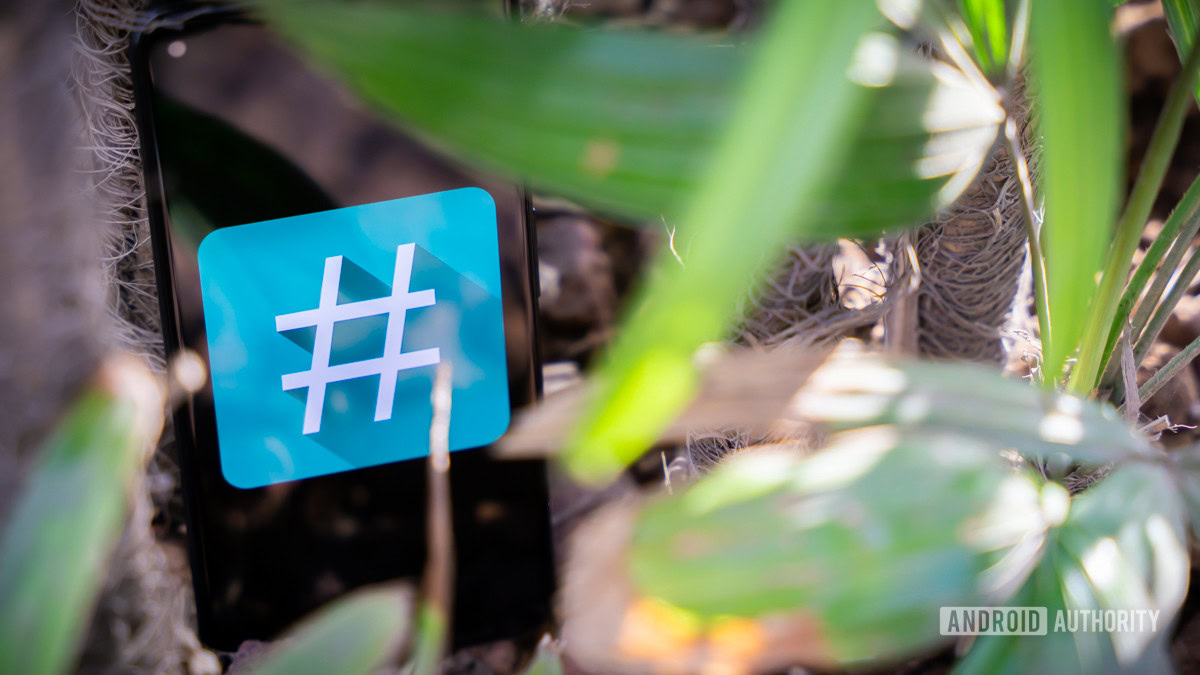
The next question is whether you should root Android or leave it as it is. Of course, that is a matter of personal preference, but there are some compelling arguments both for and against it.
On the plus side, it gives you more access to several cool apps and customization options. It also lets you upgrade older phones to newer Android versions long after your manufacturer and carrier have stopped supporting them. As mentioned, rooting Android will let you change things that you otherwise wouldn’t be able to, and it will also allow you to use a host of cool apps.
Android root apps and options
Here are just a few things you can do with a rooted Android device:
- Overclock or underclock the CPU.
- Increase battery life by underclocking.
- It greatly enhances the power of Tasker.
- Remove preinstalled bloatware apps.
- Make complete backups, down to the system level.
- Install custom ROMs.
- Further customize your phone’s looks.
- Install apps that do more than basic ones.
- You can even do things like installing Ubuntu for desktop.
For some people, rooting Android is also something of a statement. You paid for this device, so why shouldn’t you use it exactly as you wish? Especially if it means removing cynical and unhelpful bloatware. There’s also a certain status that comes from it, and a great sense of accomplishment when you achieve root access for the first time.
If you’re a developer hoping to create your own root apps, you need to start somewhere!
Will you damage your device?
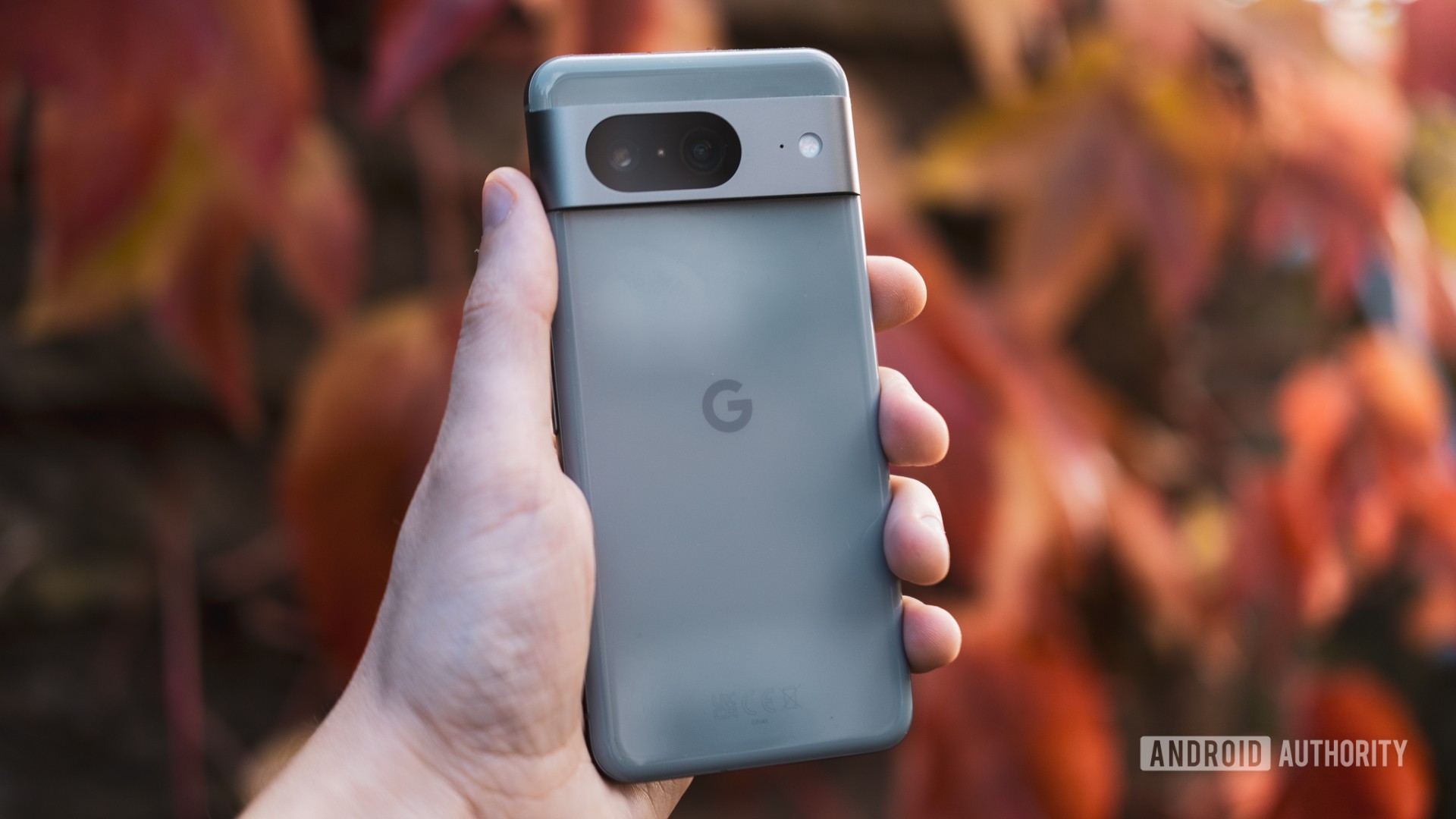
That said, there are also some potential downsides to rooting.
Even once you know how to root Android, some risks are involved. If you get this wrong, there is a chance of bricking your device (it’s happened to me). It’s easier and safer on some devices than others, but if you’re not overly confident with your tech wizardry, you may prefer to leave your phone be.
Furthermore, rooting can cause some issues with official OTA handset updates, but it is usually fine to install new software manually once you’re rooted. Updating will often cause root permissions to be lost, in which case the procedure will need to be performed again. Occasionally, an update will block old root methods, and sometimes rooted devices will fail to install updates. If your device stops booting after an attempted root exploit, you can usually restore it to factory specifications relatively easily.
Warranties and legalities — is rooting legal?
This leads us nicely onto warranties, which are another grey area in the world of rooting. While carriers don’t like you tampering with their hardware and software, some manufacturers have become kinder to rooters and even those who install third-party software. However, few have a clear stance on what software tweaks will void your warranty, and you certainly can’t count on having your rooted handset fixed if something goes wrong. Devices with locked bootloaders, the very low-level software that starts up your phone, are explicitly designed to prevent rooting, so don’t expect sympathy from these companies.
In the US, rooting is perfectly legal.
Thanks to clues like Knox on Samsung, manufacturers and sellers can often identify rooted devices, even after you unroot them. Note that there are ways to hide evidence of having rooted your device, but these won’t always work, and doing this also requires some technical knowledge. There’s a kind of arms race between hackers and manufacturers, and your chances of unrooting and covering your tracks will often come down to who is winning at the time! This is why many people only root older phones already out of warranty.
This might also make you wonder whether rooting your device is even legal. This is tough to answer as it depends on your country’s laws. Many countries allow for bypassing digital rights management and locks, provided that this is not used for other illegal purposes, such as circumventing copyrights. Rooting has been legal in the USA since 2013.
Security
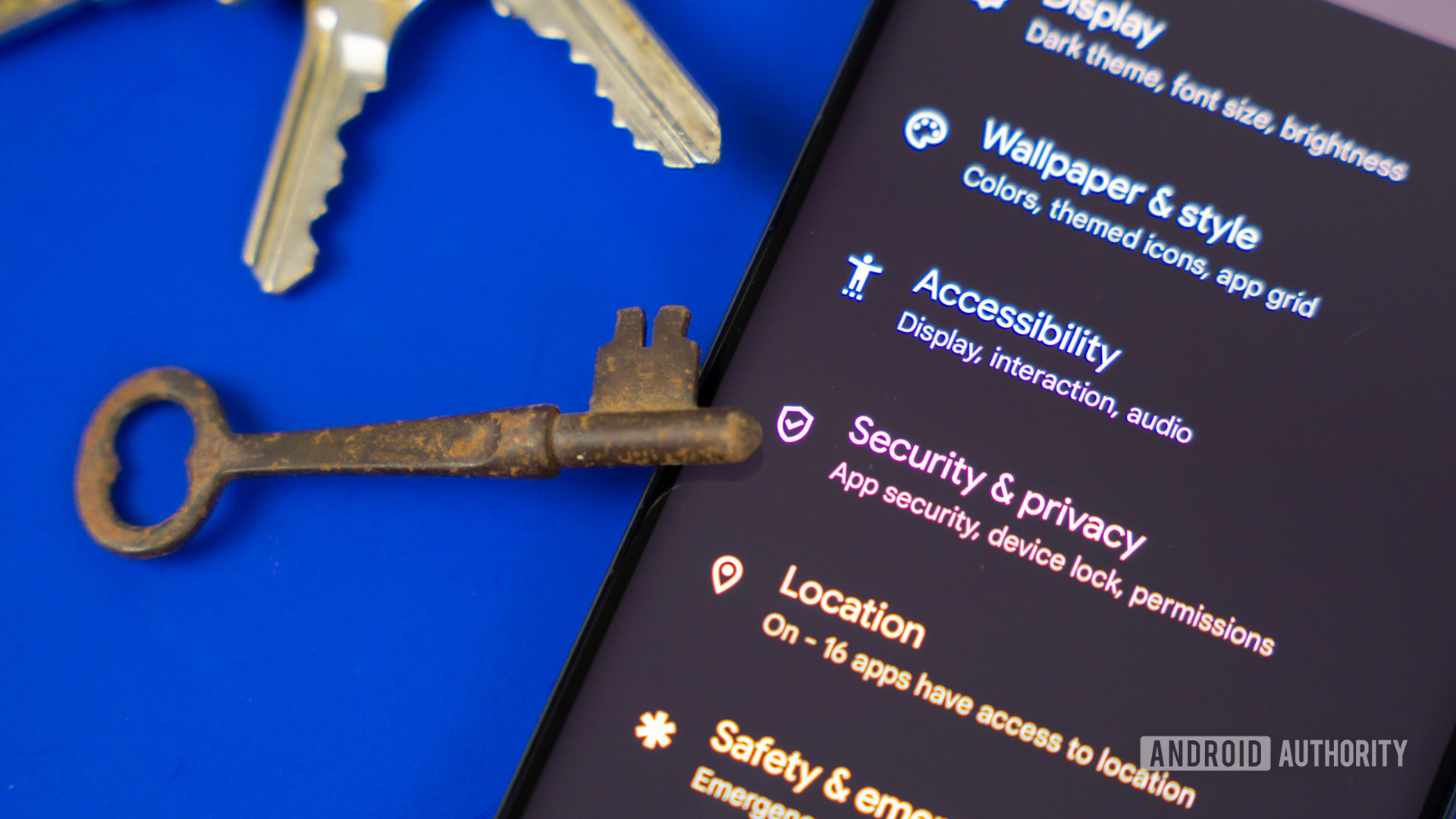
It’s also worth noting that some apps and features will stop working once you root. For example, banking apps will often stop working due to the perceived security risk. Even Snapchat and Pokemon Go take issue with rooted devices! There are also often countermeasures to these limitations — though your mileage may vary. You can probably tell by now that rooting typically means creating more work for yourself, but it can be enjoyable work!
Rooting your phone can open up your device to more dangerous pieces of malware.Adam Sinicki
The final major point to be aware of is security. With greater control comes a greater level of risk, and rooting your phone can open up your device to more dangerous pieces of malware. This is where governor applications come in, which monitor and control which processes get root permissions. You may be familiar with SuperSU or other similar apps. These are very straightforward to use and simply display a pop-up whenever an app or process wants root access, which you can either deny or allow, and save your preference if you trust the app.
Of course, if you aren’t automatically receiving the usual updates, it also falls on you to ensure you get all the latest security patches. In theory, you could improve your privacy with the proper root apps. But it’s on you. It should also be noted that SuperSU developer Chainfire hung up his root apps, so most rooters have now switched over to Magisk. More on this tool later.
So, should you root Android?
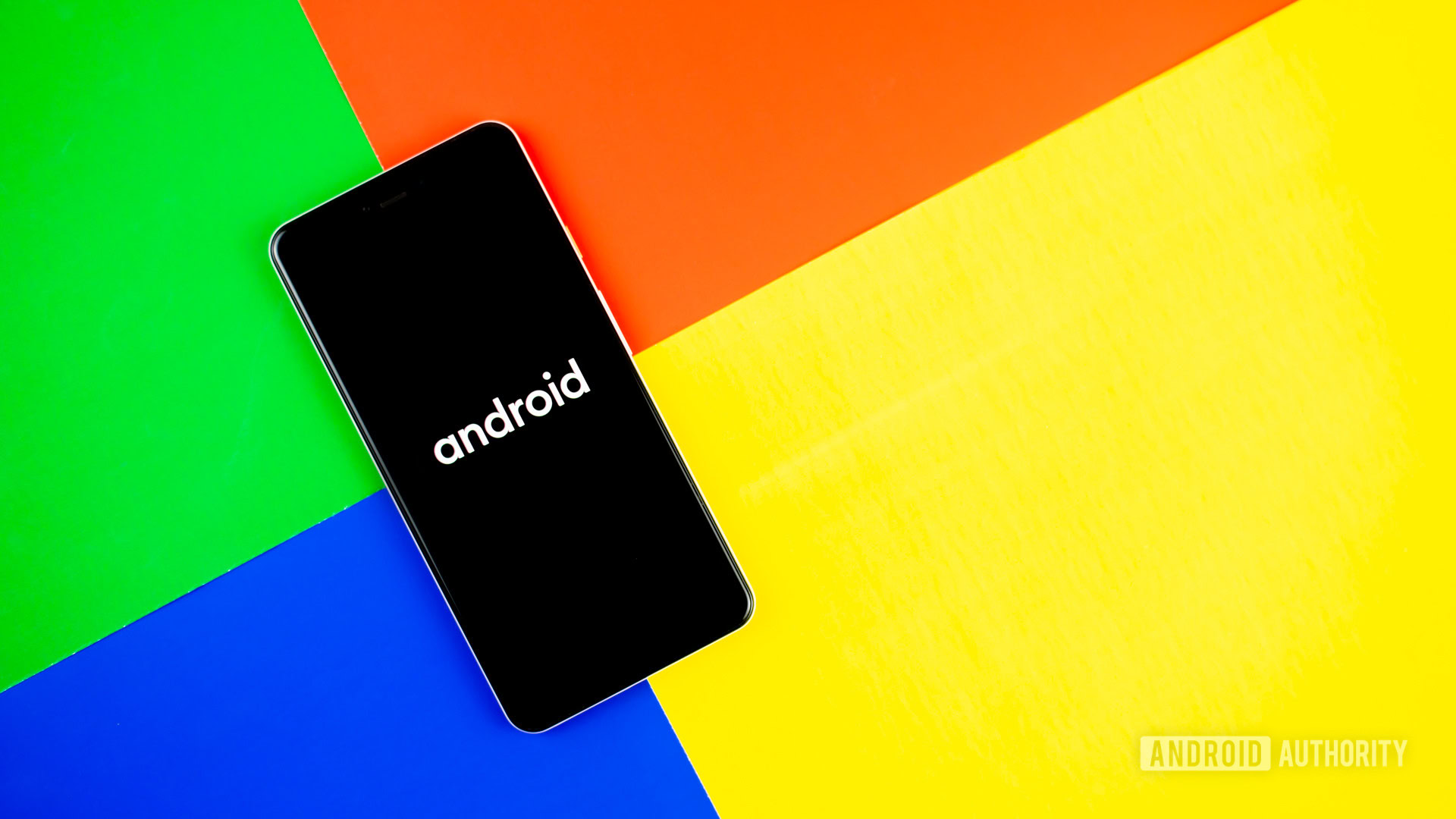
With all that in mind, should you root your Android device?
Ultimately, that comes down to what you intend to use your device for. Do you even need to root Android? If you have a specific use-case scenario in mind and understand the risks and limitations, then there’s nothing to stop you from learning how to root Android and giving yourself that extra freedom.
On the other hand, the argument for rooting isn’t as compelling as it once was. These days, one can do many things that were once limited to root users (customizing the UI, recording your screen, and so on). Not to mention that even budget phones are fast these days, so overclocking is no longer an important reason to root Android, either. Battery life is also improving, so even underclocking is becoming less popular.
These days, one can do a lot of things that were once limited to root users.Adam Sinicki
Seeing as root might also mean you lose some functionality, it’s no longer a straight win across the board. It has its benefits, but it’s not as helpful as it once was.
For me, the obvious answer is to only root older devices. Keep your daily driver clean while it’s still getting new updates and patches, but root secondary gadgets that you want to tinker with. That way, you get to have your cake and eat it, too.
How to root Android devices
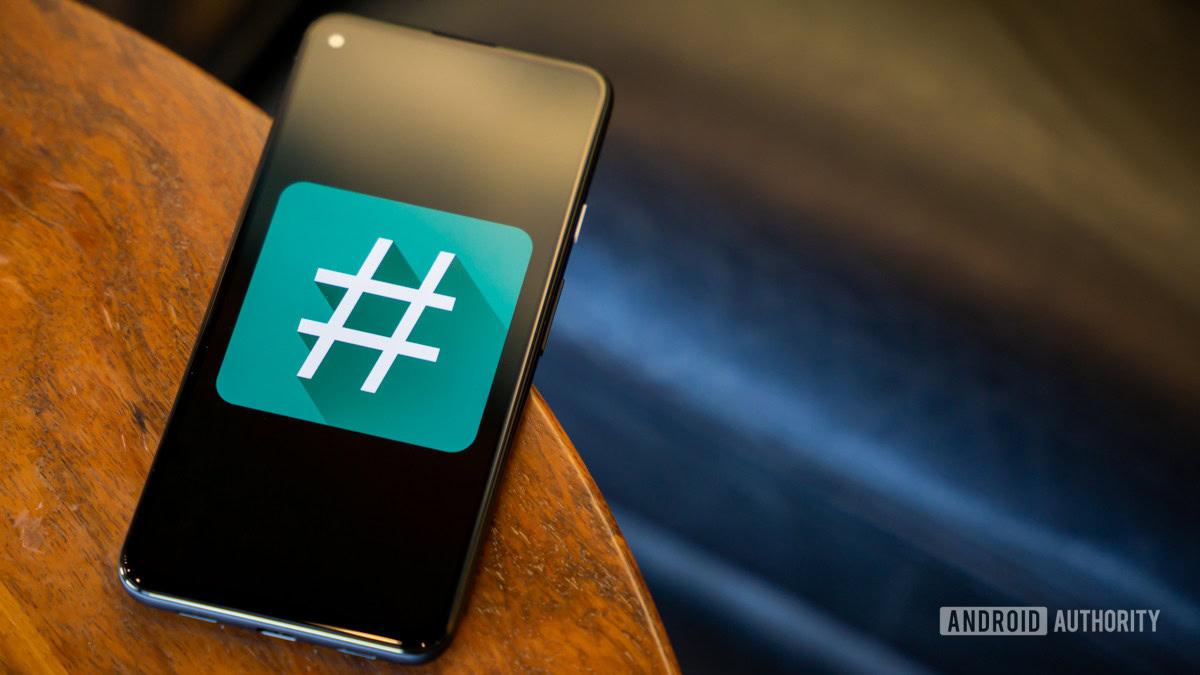
If you decide to proceed, you’ll probably wonder how to root Android. Let’s lead you in the right direction!
The bad news is there isn’t a one-size-fits-all solution when you root Android phones and tablets. Different brands and even software versions can make the rooting process vary. Even within handset variants, you may find that some techniques work and others don’t.
The good news is that rooting is much easier than it once was. In fact, the easiest method is usually to use a simple root app. These apps let you root Android with a single tap, with some popular examples being KingRoot, KingoRoot, and OneClickRoot. Download your app of choice or access the website for more instructions. The service will check compatibility first, then root your device for you.
There’s another semi-easy way to root your device. You can root your Android phone using Magisk. And unlike other methods, Magisk is pretty nice in that it doesn’t mess with the system files. It just modifies the boot image. Magisk has its own guide for installing and rooting your device. You have to use recovery, but it isn’t hard to figure out. This method has some benefits. Your phone can continue getting OTA updates, and banking apps can’t tell your phone is rooted when using this tool.
These minimum-fuss methods will work in many cases. However, it’s worth noting that some come with annoying push notifications and ads. I’d advise checking reviews before settling on which one to use. Some would even say that if you can’t figure out how to root your device without one of these apps, perhaps you shouldn’t be doing it at all (because if you encounter problems during the process, you won’t know what to do).
The good news is that in many cases, rooting is much easier than it once was.
If a one-click solution doesn’t appeal to you, things get a little (or a lot) more complex, and you’ll need to look for specific instructions for your device. This might mean using PC software and connecting your phone via USB. It might also mean using a custom recovery, or downloading additional software like Odin for Samsung devices. The best part about these options is that you learn a lot along the way.
I recommend either Googling “how to root [YOUR DEVICE NAME HERE]” or heading over to XDA Forums, which is a great place to start. Many of the best root apps available today were developed by members of this community. Just be sure to use the search function first before asking noob questions! And don’t forget to thank and support the devs that make rooting possible.
Before rooting your device, it’s always good to back up your phone first. Then settle in, read a lot, triple-check the instructions, and dive in. Crossing your fingers and holding your breath would be a good idea because you just took the red pill! The world of Android rooting is exciting, empowering, frustrating, and engaging — you’ll learn tons about how Android works, what your phone can do, and how awesome Android can be when you get in the driver’s seat.
| One-tap root apps | Magisk | Manual rooting | |
|---|---|---|---|
How easy is this method? | One-tap root apps Very easy | Magisk Still easy, but not as much | Manual rooting Very hard |
Will I continue getting OTA updates? | One-tap root apps No | Magisk Yes | Manual rooting No |
Will banking apps work? | One-tap root apps No | Magisk Yes | Manual rooting No |
Is this method dangerous? | One-tap root apps Low risk during rooting | Magisk Very low risk during rooting | Manual rooting High risk. A lot of things could go wrong. |
Support? | One-tap root apps These apps are popular, have developers, and are super easy to use. | Magisk The Magisk has a team, as well as step-by-step instructions and a variety of guides. | Manual rooting These methods are usually community sourced. This means you will have to trust fellow root fans and developers. You will have to dig through forums and websites, and some info may be outdated. |
Compatibility | One-tap root apps Many supported devices, but not all. Luckily, many of these have websites with this information. If you're using OneClickRoot, it even has a tool that will examine your device and see if it is supported. | Magisk Should support all devices running Android 6.0 or newer. | Manual rooting Manually rooting is different for every device, and the method may even vary depending on the software version it's running. |
FAQs
Rooting a device refers to obtaining superuser access to your Android system. It allows you to delve deeper into commands, system files, restricted folders, and more. This will enable you to customize things at a system level.
Rooting makes it possible to achieve much more complex customizations than you’re used to. You can control your CPU and RAM, customize your UI, remove apps you otherwise wouldn’t be able to uninstall, use apps that provide root features, and more.
Manufacturers don’t like it when you tinker with their devices’ software. This can create issues, and these wouldn’t be their fault. Most manufacturers will likely avoid respecting a warranty claim if you’ve rooted a device, especially if this was the cause of whatever issue you started the claim for. That said, some argue it’s illegal to void the warranty due to rooting, in some jurisdictions. You might be able to argue this in court, but no one really wants to take a company to court for a warranty issue. At the very least, rooting your phone may cause a headache, even if you did nothing wrong.
Technically speaking, a rooted Android phone has access to system files. Regular phones lack this. This makes it possible for hackers and malware to attack you at deeper levels. Additionally, root users like grabbing apps to maximize their experience, which opens the doors to more dangers. While rooting your device can be perfectly secure, it’s also very easy to turn it into a vulnerable device. You’re no longer within Google’s and your manufacturer’s protective arms. Not to mention, rooting can affect timely updates, which often come with security improvements.
Of course you can. The real question is whether you should, or if a customer will want to buy it. If you are to sell a rooted phone, make sure you tell the new owner about this. He can then decide if he wants to take the risk. Additionally, it’s possible to unroot a phone and take it back to its factory settings. This might be a better alternative, unless the buyer strictly wants a rooted phone.
Rooting is only worth it right now if you have a specific need for it, or if you really want to play around with your Android phone. That said, we advise most users to stick with stock software now. This is because most of the significant benefits we used to get from root access no longer apply. Phones used to be slow, and now even budget devices are pretty fast, so there is no dire need to overclock. Battery life is also improving, so there is no huge need to underclock. Launchers are better than ever, so custom ROMs are no longer as enticing as before. Bloatware apps can also be turned off, which at least keeps them out of view.
No. You will have to flash the stock software to remove root. In fact, this used to be seen as a feature. Some applications are able to stick around, even if you perform a factory reset. This is great for security apps.
Rooting, in and of itself, should not erase any of your data. That said, you might have to give your phone a clean install if anything goes wrong, or if the root process for your phone happens to require a factory reset.
There are multiple ways to check if a device is rooted, but if you can’t figure this out, chances are you don’t want to deal with complex methods. The easiest way to check if your phone is rooted is through an app. Root Checker is one of the most popular ones.